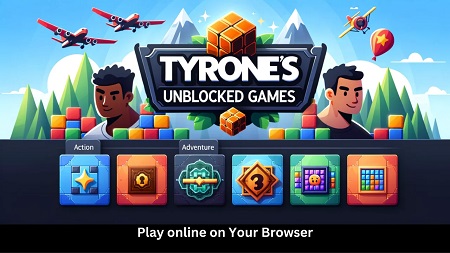
To optimize an article on the “Hiked Up on Coffee Crossword Solution” for search engines like Google, it’s essential to incorporate relevant keywords strategically throughout the content. Here’s a structured approach to incorporating key words effectively:
1. Identify Primary Keywords
Firstly, identify the primary keywords that users are likely to search for when looking for information related to this topic. These could include:
- Hiked Up on Coffee crossword
- Coffee-themed crossword puzzle
- Crossword solution caffeine
- Coffee-related crossword clues
- Solving coffee puzzles
2. Include Keywords Naturally in Content
Once you have identified the primary keywords, integrate them naturally throughout your article. Here’s how you can distribute them:
- Title: Include the primary keyword phrase in the title to clearly indicate the topic of the article, e.g., “Solving the Hiked Up on Coffee Crossword Puzzle: Tips and Tricks.”
- Introduction: Incorporate variations of the primary keyword phrase early in the introduction to establish relevance and context, e.g., “Welcome to the world of crossword puzzles with a caffeine twist – the ‘Hiked Up on Coffee’ challenge!”
- Subheadings: Use secondary keywords and variations of the primary keyword phrase in subheadings throughout the article. For example, “Strategies for Solving the ‘Hiked Up on Coffee’ Crossword Puzzle” or “Tools for Coffee Enthusiasts: Crossword Solving Techniques.”
- Body Content: Sprinkle primary and secondary keywords naturally throughout the body of the article. Aim for a keyword density that feels natural and informative rather than forced. Discuss various aspects related to the topic using these keywords, such as types of coffee, solving techniques, online resources, and community engagement.
- Conclusion: Summarize the main points of the article and include a variation of the primary keyword phrase, reinforcing the focus of the content.
3. Use Keywords in Image Alt Text and Captions
If your article includes images related to crossword puzzles or coffee, optimize them by adding descriptive alt text and captions that include your primary and secondary keywords. This helps improve accessibility and can also contribute to SEO.
4. Internal and External Linking
Incorporate internal links to related articles or pages on your website where appropriate. Also, consider linking to authoritative external sources that enhance the credibility and relevance of your content. Anchor text for these links should include relevant keywords.
5. Meta Description and URL Optimization
Craft a meta description that includes your primary keyword phrase and provides a concise summary of what readers can expect from the article. Ensure your URL is concise and includes a relevant keyword or two, such as /hiked-up-on-coffee-crossword-solution.
6. Update and Maintain Relevance
Regularly update the article to ensure information remains current and relevant. Crossword puzzles and their clues may evolve over time, so keeping the content fresh can help maintain its SEO ranking.
By implementing these keyword strategies effectively, you can optimize your article on the “Hiked Up on Coffee Crossword Solution” to rank well on Google and attract readers interested in solving coffee-themed puzzles.




